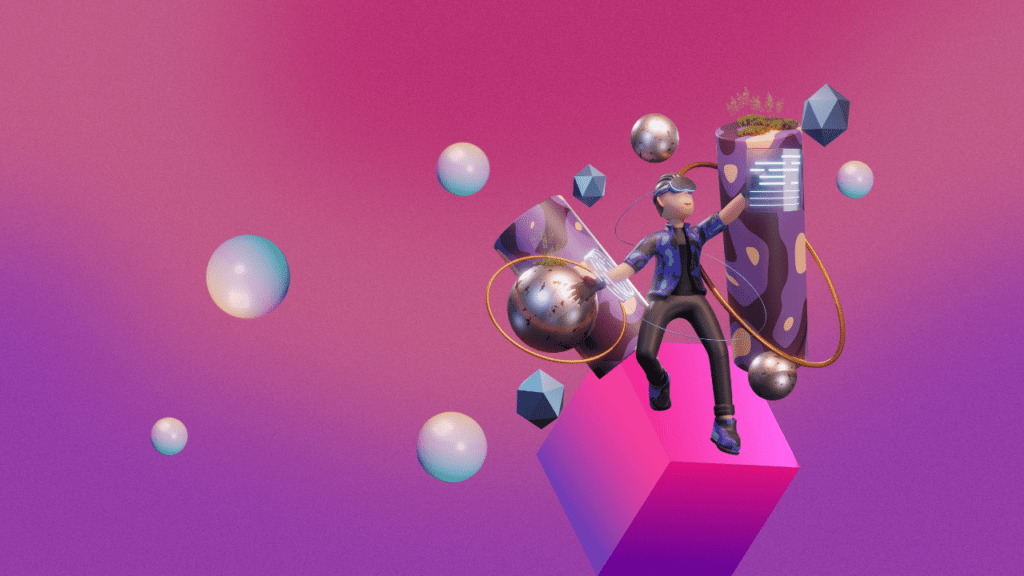Know how Web 3 will change the next generation of the internet. Despite the amount of knowledge created in the last few decades, the Internet is still in its infancy, and it remains to be seen what it will look like when it reaches adulthood. Web 3 is a new online building standard that will change the way all websites do. Web 3 will allow for a more seamless and interactive experience, making it easier for users to create their own versions of websites using programs.
How Web 3 Will Change The Next Generation Of The Internet

The amazing thing about web 3 is that despite the lack of success in current implementations, there is no doubt that this new standard will radically change how you experience both your personal and professional life. In this article, we will talk about what WEB 3 is and how it will change the next generation of the Internet.
What is Web 3?
Web 3 is a new protocol that allows the creation of more interactive websites and applications. David Safford introduced it in 2011 and has been tirelessly working on the project ever since. The source code for Web 3 is open-source and freely available, which means anyone can contribute to the project and see how it changes as it evolves.
Web 3 is the continuation of web 2.0, which was built on a framework defined by Tim Berners-Lee. The web 2.0 revolutionized how people interacted with their favorite websites. Sharing information on social networks like Facebook and Twitter was easier while sharing music and videos with friends became easier with services like iTunes and YouTube.
The origin of this technology was in a TedTalk that Berners-Lee gave in 2004, where he called for the Internet to begin marking itself as “a space for collaboration.” Web 3 is the next step in this evolution by allowing more complex interactions between users on the same site.
The new standard
The new standard will allow websites to become more dynamic. And making it much easier for users to create their own websites. Web 3 also allows website owners to build apps on top of their site as well as integrate with other services such as Google Docs and Dropbox.
As the Internet matures and becomes a more mature technology. Web3 enables the Internet to play a new role in our society, including being part of high-specification smartphones. In addition, with the introduction of blockchain to the Internet. It can handle more complex transactions that go beyond just making payments. The future of web 3 is wide open and just getting started.
Today, we are at the very beginning of this evolution. In fact, most people haven’t even heard of web 3. However, with the transparency it offers and its recent success on projects like Let’s Get Started and Mycelia, web 3 is sure to become a standard we’ll all start using soon.
The Future of the Internet
Talking about Web 3, a question arises, what is the future of the Internet? It seems that new, exciting advancements introduce with each passing day. However, every month brings another revolutionary product that changes how we use our world wide web. And there seems to be a shift among developers.
Many of them seem to deduce their time and resources to creating systems that rely on blockchain technology rather than centralized servers. This includes Bitcoin, which relies on blockchain technology as the backbone of its currency system. Rather than relying on an authority figure like a bank or credit card company. These cryptocurrencies allow peers to exchange money freely without middlemen taking profits.
With so much focus on decentralized systems, it’s not surprising that web developers are attempting to create their new standards. As a result, new blockchain-based protocols such as Ethereum and Hyperledger have emerged. The development of these platforms has led to the creation of private blockchains such as Ethereum and Hyperledger. Also where participants can exchange information without any interference from other individuals.
Alongside this evolution is the introduction of Web 3.0. And which aims to change how blockchain-based platforms interact with open-source software like WordPress and Drupal. For example, web 3 allows users to create custom interfaces on websites that can install with the click of a button.
The post How Web 3 Will Change The Next Generation Of The Internet appeared first on Visualmodo.


0 Commentaires